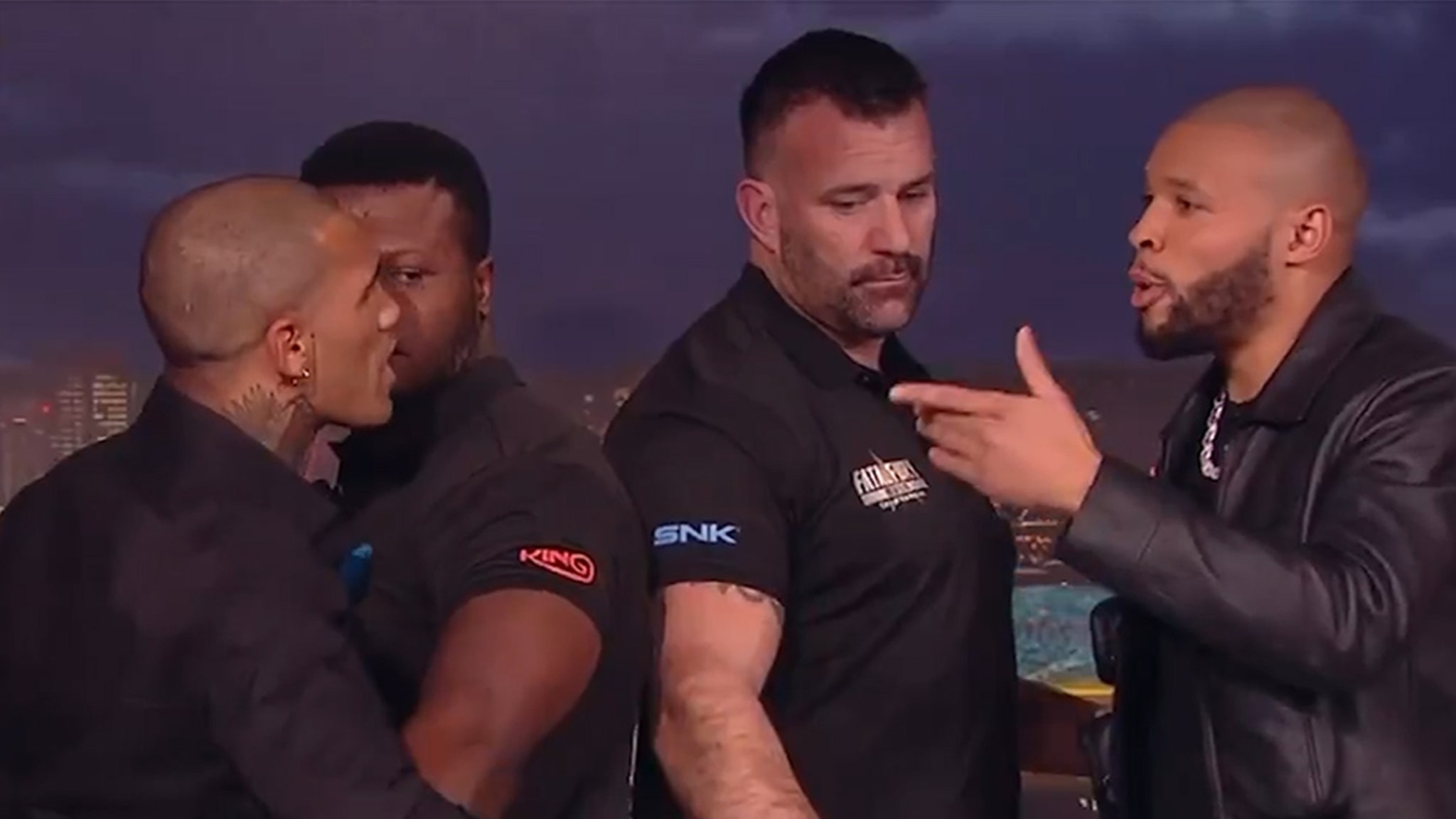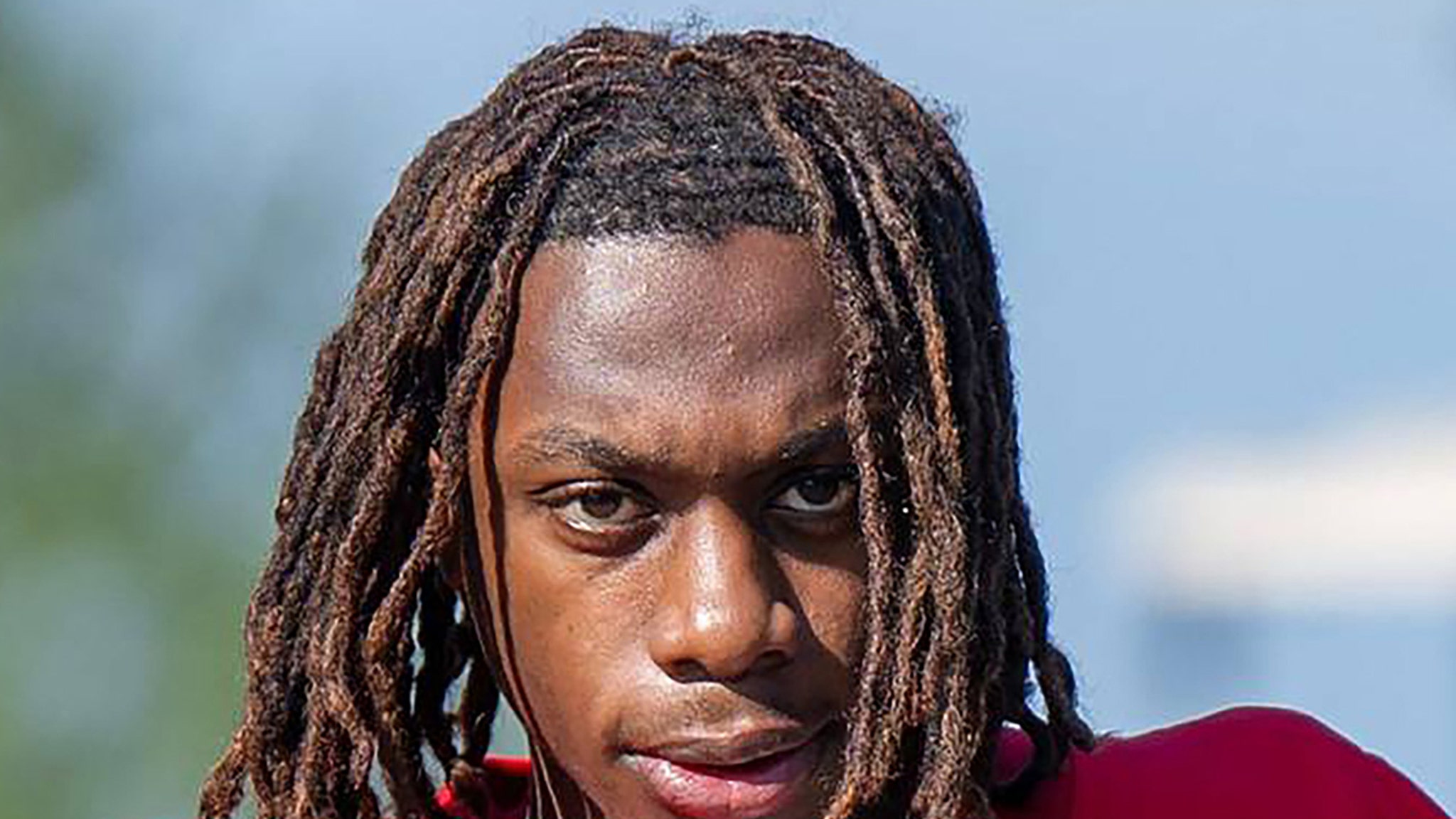Culture
Wallace and Gromit Creator Discusses the Characters, Technology and the Queen

Wallace and Gromit is something of an institution in the entertainment world. Since its introduction more than 35 years ago, the stop-motion series has won three Oscars and five BAFTAs. The two protagonists — Wallace, the cheese-eating inventor, and Gromit, the long-suffering dog — have even appeared on Royal Mail stamps.
The animation series’ latest iteration — “Wallace & Gromit: Vengeance Most Fowl” — is now back in the awards race with nominations at Sunday’s EE British Academy Film Awards, known as the BAFTAs, and the Oscars in March.
“Vengeance Most Fowl” was directed by Wallace and Gromit’s creator, Nick Park, and by Merlin Crossingham, who said the film was shot over 15 months in a studio that was larger than a soccer field, with 260 people on set — including 35 animators and 50 puppet makers. The handcrafted clay cast has been expanded to include a robotic garden gnome called Norbot.
“As a crew, if we got a minute and a half in the week, we’d have a megaweek,” Crossingham said. He described animation as a “magic trick,” because “you’re breathing life into something that doesn’t have any.”
Park was born and raised in Preston, a city in northwestern England. His father was a photographer and his mother was a tailor and seamstress who made garments for all five of her children.
When the family acquired an 8-millimeter Bell & Howell movie camera, young Nick’s father encouraged him to make little animation films by creating flip books and felt cutout characters.
In an interview, Park discussed his childhood, his homemade Oscars outfit, and the time he sat next to Queen Elizabeth II. The conversation has been edited and condensed for clarity.
“Vengeance Most Fowl” is very current in terms of technology and artificial intelligence: The robotic gnome seems to develop a mind of its own. Was this your idea?
I had been toying around with the idea of Wallace inventing a smart, robotic gnome to help Gromit in the garden. The idea was full of potential for high jinks in the garden, but it was lacking a sinister element that’s always in the Wallace and Gromit films. Then I suddenly thought of bringing back the bird, Feathers McGraw. Screenwriter Mark Burton latched on to the idea immediately.
It’s about: can we trust the people who are controlling the tech that we put our trust in?
One wonders whether it’s an attempt to make Wallace and Gromit move with the times?
For my part, I’ve never seen the need to do that: update Wallace and Gromit in that way. I think it’s just a happy accident.
Why not? Wallace and Gromit is a quaint and quintessentially British concept, and it could lapse into obsolescence.
Wallace exists in a time warp that’s somewhere between the 1950s and almost today, but not quite. The point is to keep the references not too contemporary, because I think Wallace and Gromit is universal. Yes, there are comments on today, and contemporary jokes, but we tend to stay away from popular culture. We have to keep the stories inventive and with an edge. We try to find something a bit new in each film, but there has to be familiarity.
I was a bit nervous to introduce too much tech, because the Wallace comics world is more about inventions. But I think tech lends itself to comedy, because half the time, it’s doing annoying things that aren’t working properly.
Wallace was inspired by your father, wasn’t he? Your father had a garden shed where he would invent gadgets.
Things aren’t always consciously based on somebody. You just think them up, and they probably come from a lot of different sources. My father was not an inventor as such. He just loved working with wood and building furniture in the garden shed. Like Wallace, he would think of something we needed in the house and make it. My mum would say, “I wish I had something to put the kettle on,” and he’d immediately go, “Right!” Like in a cartoon, you’d hear sawing and hammering and drilling, and then he’d come out a few weeks later with this thing.
I remember that when I was animating Wallace initially, there were times when, even though my dad’s eyes didn’t touch in the middle, I could see his face — when I was making him frown, or in whatever expression. It was uncanny.
Is it true that when you were nominated for an Oscar, you had no time to buy a bow tie for the ceremony and made one yourself?
Yes. I bought some elastic, and this glittery green wrapping paper, and some Sellotape. I just made it in about half an hour. The fashion page of one newspaper called it “a travesty of taste!”
Where do you get the patience to make stop-motion animation?
I’ve always loved things that take a long time. I remember my mother teaching me to knit when I was about 8 years old. I love learning slowly. I like playing golf, I love painting, and I’ve always done a bit of fishing and bird watching.
It may take three days to do a shot, but what a shot it is, and what wonderful comedy that people are going to enjoy. It’s artistically satisfying. If you’ve got a great idea for a poem or a story, you don’t think how many words it might take. A lot of patience goes into writing 500 words.
You’ve described yourself as being quietly ambitious.
That’s true. It’s more just making a mark. I’ve always been fairly quiet. As a boy, I used to love drawing in the corner. I probably felt invisible a lot of the time.
When the animation came along, I was amazed that it was getting the attention. I didn’t always want it. The work itself should earn it. I don’t understand people wanting to be a celeb for just being on a show.
You were once invited to a lunch with Queen Elizabeth II at Buckingham Palace and sat next to her. What was that like?
There were about a dozen people. I didn’t know why I’d been invited, and I was surprised to be seated next to the queen. She was talking mostly to the person on the other side, then finally turned to me.
She had been to see the stage version of “Billy Elliot.” I had heard the language in “Billy Elliot” was quite strong. But she wasn’t prudish or anything: She said the film had interesting language and was very good. She was au fait with everything.
She said the model we’d given her of Morph, one of our other animation characters, was on her desk for a long time, “and every time the grandchildren would come into my office, they would want to play with it.”
Did she make you feel at ease?
It was like chatting with my mum — very cozy and very easygoing, a flowing conversation. I remember sitting there for at least 40 minutes, just chatting with her.
She was feeding the corgis the whole time from a little silver tin of digestive biscuits. That’s what made it feel like you were at home. She was telling me all their names and what they got up to. There were at least four of them.
And one of them went to sleep on my foot, while she was chatting to me. It was fast asleep on my foot.





























